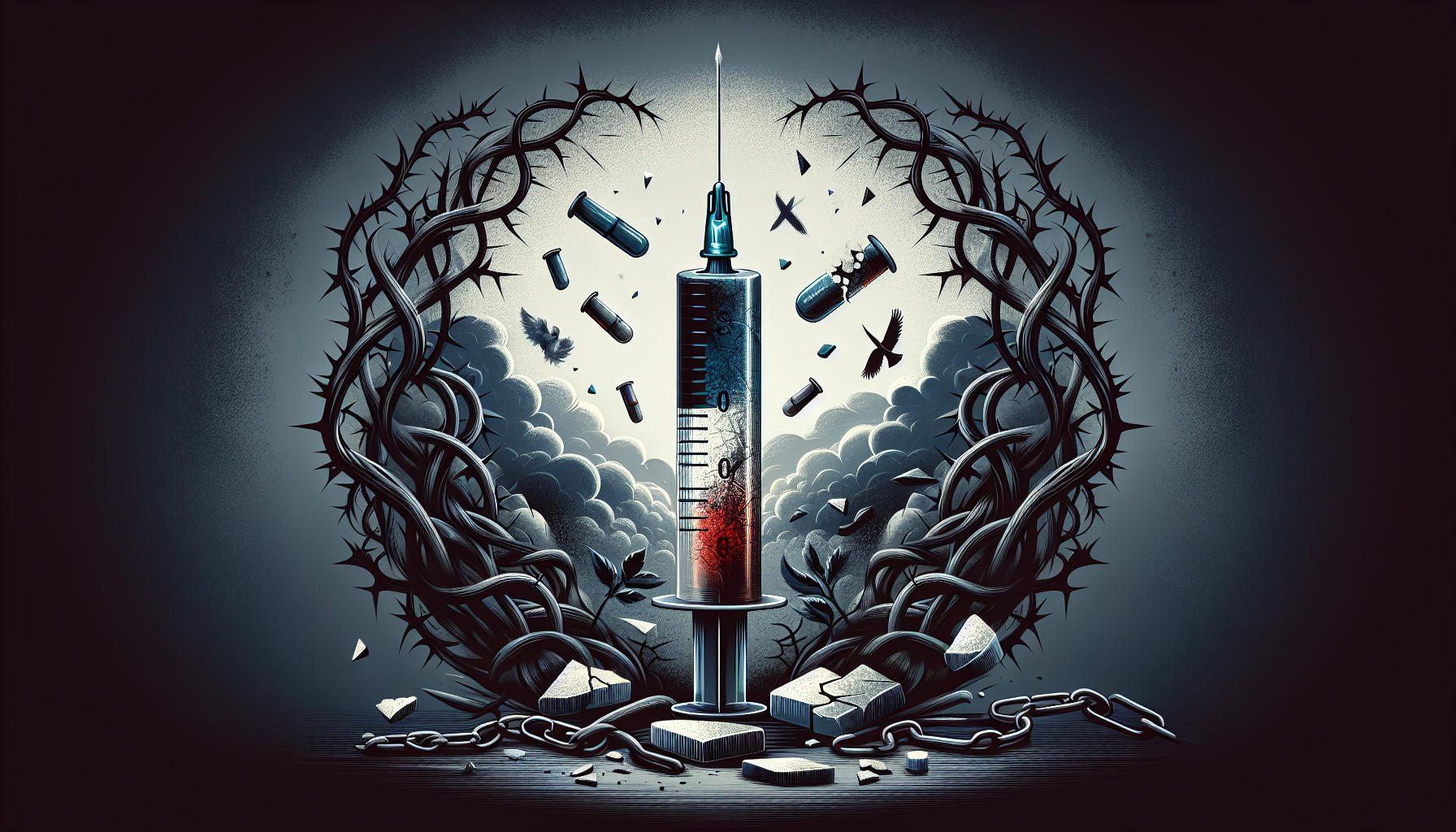August 27, 2024
Rising Deaths In Women From Prescription Painkillers
Uncover the factors, seek help, and advocate for safer alternatives.


Understanding the Issue
It is becoming increasingly alarming to witness the rise in deaths among women resulting from the misuse and abuse of prescription painkillers. This section provides an overview of the rising deaths in women from prescription painkillers and explores the factors contributing to this concerning surge.
Overview of Rising Deaths in Women from Prescription Painkillers
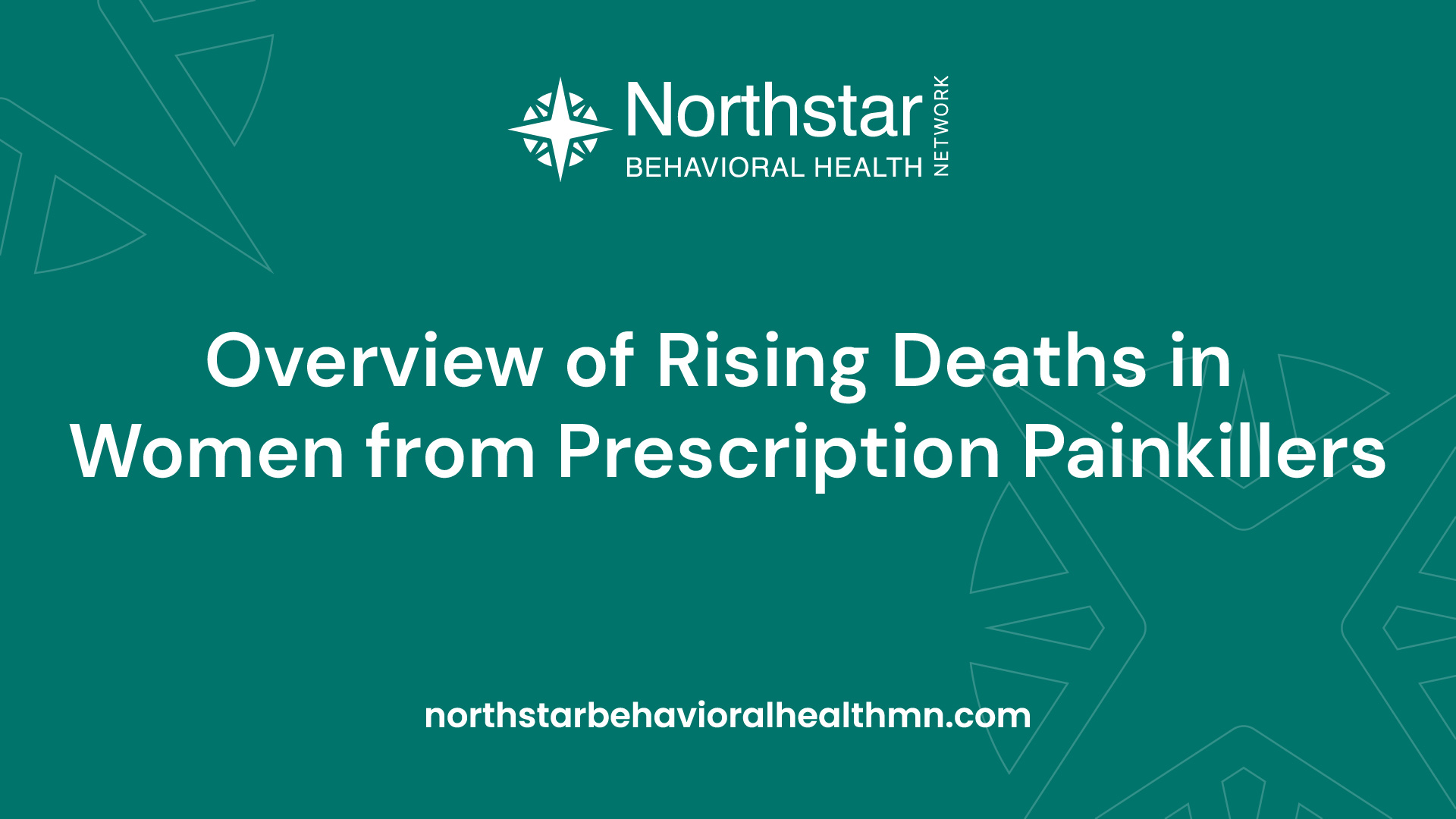
The misuse of prescription painkillers has led to a significant increase in deaths among women. According to recent data, the number of deaths caused by prescription painkillers has been steadily rising, with women being disproportionately affected. The impact of this trend not only affects individuals but also has far-reaching consequences for families and communities.
To fully comprehend the gravity of the situation, it is essential to understand the specific risks faced by women and the challenges they encounter in seeking help and treatment. By exploring the factors contributing to this surge, we can better address the crisis and work towards effective solutions.
Factors Contributing to the Alarming Surge
Several factors contribute to the rising deaths in women from prescription painkillers. These factors include:
- Increased Prescription Rates: Over the years, there has been a significant increase in the prescribing of painkillers to women, often for conditions such as chronic pain or post-surgical recovery. Higher prescription rates increase the likelihood of misuse and the potential for adverse outcomes.
- Biological and Hormonal Differences: Biological and hormonal differences between men and women can affect how medications, including painkillers, are metabolized in their bodies. These differences may influence the response to pain medication, making women more susceptible to adverse effects, including overdose.
- Psychosocial Factors: Women may face unique psychosocial challenges that contribute to the misuse of prescription painkillers. Factors such as stress, trauma, mental health conditions, and social influences can increase the vulnerability of women to develop substance use disorders.
- Underdiagnosis and Undertreatment of Pain: Studies suggest that women's pain is often underdiagnosed and undertreated compared to men. This disparity in pain management may lead women to seek relief through self-medication, potentially resulting in the misuse of prescription painkillers.
- Stigma and Barriers to Treatment: Women may encounter stigma and face additional barriers when seeking help for substance use disorders. These barriers can include societal expectations, fear of judgment, lack of access to treatment programs, or challenges in finding appropriate resources tailored to their unique needs.
Understanding these factors is crucial in addressing the rise in deaths among women from prescription painkillers. By recognizing the specific risks faced by women and the challenges they encounter, we can develop strategies to prevent further harm and promote healthier pain management alternatives.
As we delve deeper into the impact on women's health and explore potential solutions, it becomes evident that raising awareness, advocating for safer pain management alternatives, and ensuring access to treatment programs and community support are key steps in combatting this crisis.
Impact on Women's Health
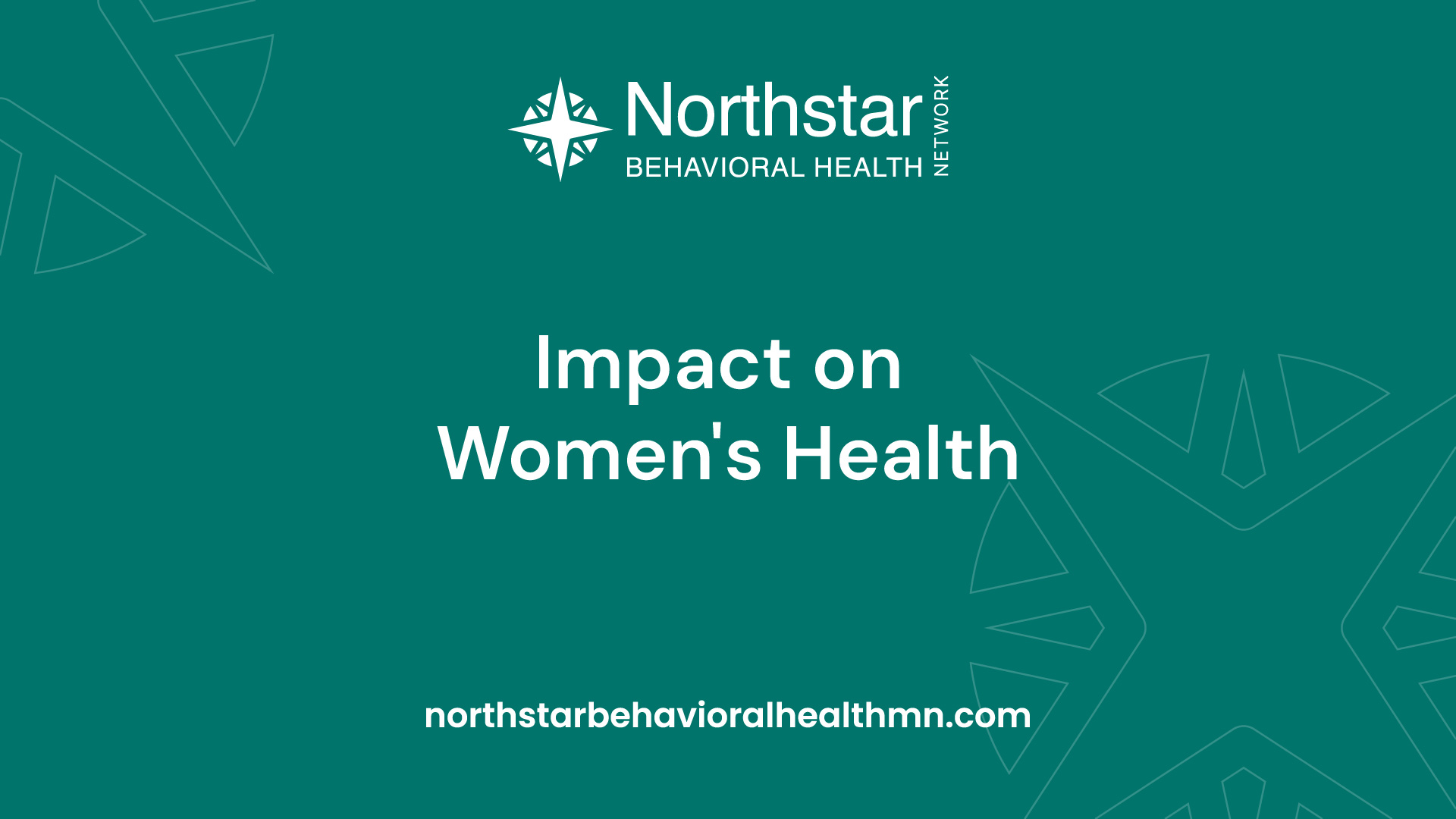
The rising deaths in women from prescription painkillers have significant implications for women's health. Understanding the specific risks faced by women and the challenges they encounter in seeking help and treatment is crucial in addressing this alarming surge.
Specific Risks Faced by Women
Women are more susceptible to certain risks associated with prescription painkiller misuse. Several factors contribute to this increased vulnerability:
- Biological Differences: Women tend to experience more chronic pain conditions, such as migraines, fibromyalgia, and endometriosis, which may lead to a higher likelihood of painkiller prescriptions. Additionally, hormonal fluctuations during the menstrual cycle can affect the way pain medications are metabolized in women's bodies.
- Higher Prescription Rates: Studies have shown that women are more likely to be prescribed prescription painkillers and receive higher doses compared to men. This discrepancy may be influenced by gender bias in healthcare settings and the perception that women are more prone to experiencing pain.
- Polypharmacy: Women are more likely to be prescribed multiple medications simultaneously, increasing the risk of drug interactions and adverse effects. Combining prescription painkillers with other medications, particularly sedatives or antidepressants, can lead to dangerous interactions and respiratory depression.
- Addiction Vulnerability: Women may be more susceptible to developing addiction to prescription painkillers due to physiological factors, social pressures, and psychological reasons. The stigma surrounding substance use disorders can often prevent women from seeking help or acknowledging their addiction.
Challenges in Seeking Help and Treatment
Women face unique challenges when seeking help and treatment for prescription painkiller misuse:
- Stigma and Shame: The societal stigma associated with addiction can be particularly difficult for women, often leading to feelings of shame and guilt. This stigma may discourage them from seeking treatment and support, fearing judgment or potential consequences.
- Childcare and Family Responsibilities: Women who have caregiving responsibilities for children or other family members may find it challenging to prioritize their own well-being and seek treatment. The fear of losing custody or facing legal repercussions can also be a barrier to seeking help.
- Limited Access to Healthcare: Women may encounter barriers to accessing appropriate healthcare, including lack of insurance coverage, financial constraints, and limited availability of treatment programs that address their specific needs.
- Gender Bias in Diagnosis and Treatment: Gender bias within the healthcare system can result in underdiagnosis and undertreatment of substance use disorders in women. The symptoms of addiction may be overlooked or attributed to other conditions, delaying proper intervention and support.
Addressing these challenges requires a comprehensive approach that includes raising awareness, providing accessible treatment programs, and eliminating gender bias within the healthcare system. By recognizing the specific risks faced by women and working towards solutions that address their unique needs, we can promote better health outcomes and support women in overcoming prescription painkiller misuse.
Addressing the Crisis
To combat the alarming surge in deaths among women from prescription painkillers, it is crucial to take proactive steps in addressing this crisis. This section focuses on two important aspects: the importance of awareness and education, and advocating for safer pain management alternatives.
Importance of Awareness and Education
Raising awareness about the risks associated with prescription painkillers is paramount in addressing the crisis. Education plays a key role in equipping individuals, healthcare professionals, and communities with the knowledge needed to make informed decisions. By understanding the potential dangers of these medications, individuals can make more informed choices and take necessary precautions.
Educational initiatives can include public awareness campaigns, community workshops, and educational resources that provide information on the risks and consequences of prescription painkiller misuse. These efforts aim to empower women to prioritize their health and well-being by making informed decisions about pain management options.
It is also essential to educate healthcare providers about the potential risks of prescribing opioids to women. By understanding the specific risks faced by women and considering alternative pain management strategies, healthcare professionals can play a vital role in preventing opioid-related harm.
Advocating for Safer Pain Management Alternatives
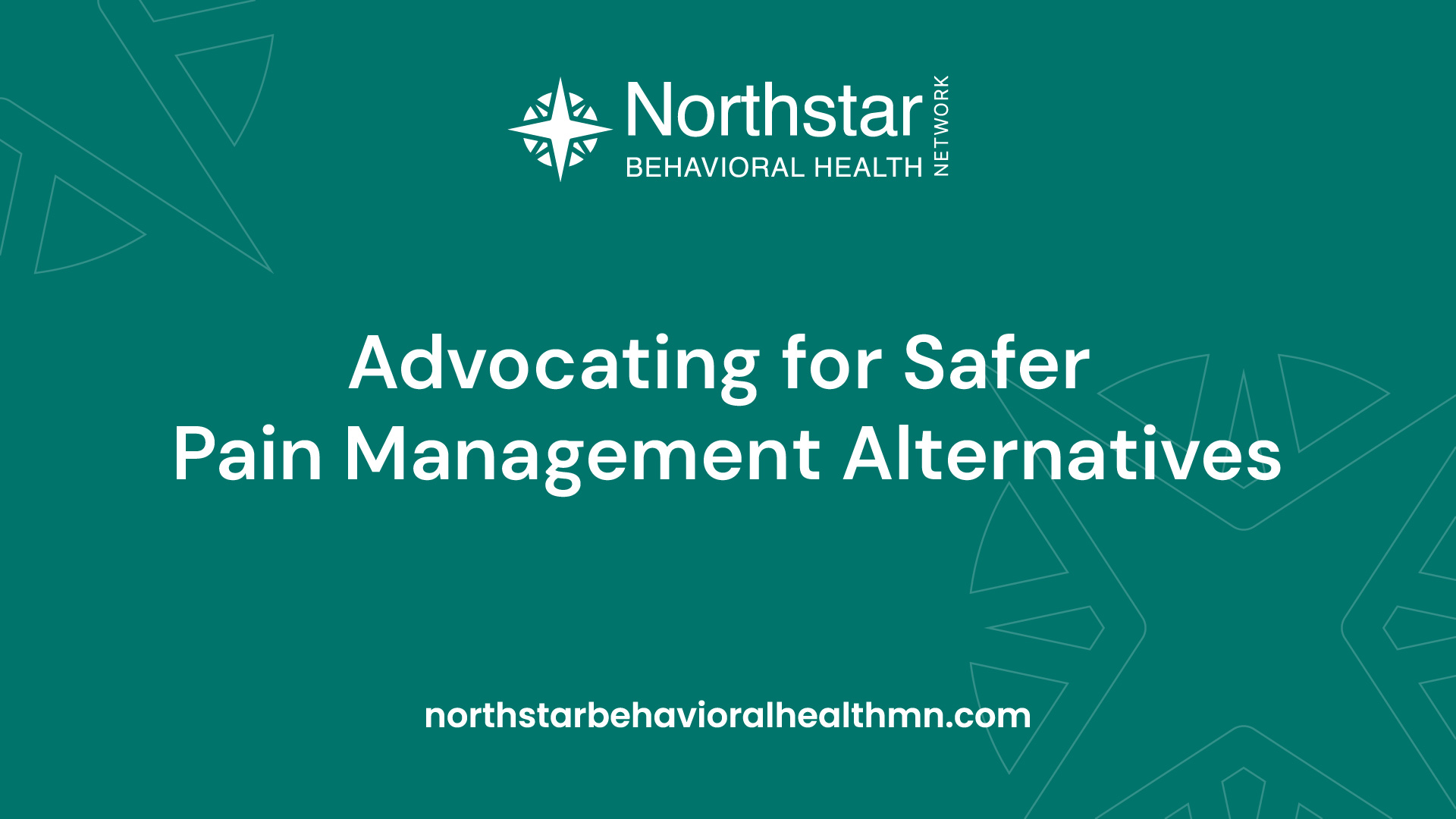
Promoting safer pain management alternatives is crucial in addressing the crisis of rising deaths in women from prescription painkillers. It is important to explore non-opioid options for managing pain, especially for chronic conditions. Safer alternatives may include physical therapy, cognitive-behavioral therapy, acupuncture, and non-opioid medications. These approaches can help alleviate pain while minimizing the risks associated with prescription painkillers.
Advocacy efforts should focus on encouraging healthcare providers to prioritize non-opioid pain management options whenever possible. This can be achieved through professional training programs and guidelines that promote the use of evidence-based, non-opioid treatments for pain.
Additionally, advocating for comprehensive pain management strategies that address the underlying causes of pain can help reduce the reliance on prescription painkillers. This may involve a multidisciplinary approach that incorporates physical therapy, psychological support, and lifestyle modifications.
By emphasizing the importance of awareness and education, as well as advocating for safer pain management alternatives, we can take significant strides in combatting the crisis of rising deaths in women from prescription painkillers. Together, we can work towards a future where the well-being and safety of women are prioritized in pain management practices.
Support and Resources
When facing the challenges of addiction to prescription painkillers, it's crucial to have access to support and resources that can aid in the journey towards recovery. Here are two key avenues to consider: treatment programs and community support groups and hotlines.
Access to Treatment Programs
Seeking professional help through treatment programs is an essential step in overcoming addiction to prescription painkillers. These programs are designed to provide comprehensive care and support tailored to the individual's needs. They may include various elements such as detoxification, counseling, behavioral therapies, and medication-assisted treatment.
Inpatient rehabilitation centers offer a structured environment where individuals can receive intensive treatment while residing at the facility. Outpatient programs provide flexibility, allowing individuals to attend treatment sessions while maintaining their daily routines. Partial hospitalization programs offer a higher level of care with a structured schedule, but individuals return home at the end of the day. Intensive outpatient programs offer similar care but with a more flexible schedule.
Medication-assisted treatment programs combine behavioral therapy with medications approved by the FDA to treat opioid addiction. These medications, such as methadone, buprenorphine, and naltrexone, help manage cravings and withdrawal symptoms, increasing the chances of successful recovery.
Remember, when considering treatment programs, it's important to consult with healthcare professionals to determine the most suitable option based on individual needs and circumstances. For more information on different treatment options, visit our article on is there a difference between a slip and a relapse?.
Community Support Groups and Hotlines
In addition to professional treatment programs, community support groups and hotlines can provide invaluable assistance during the recovery process. These resources offer a sense of community, understanding, and connection with others who have faced similar challenges. They provide a safe space to share experiences, gain support, and learn coping strategies.
Narcotics Anonymous (NA) is a global community support group that follows a 12-step program, providing support and guidance for individuals recovering from addiction. SMART Recovery is a science-based program that emphasizes self-empowerment and self-reliance through cognitive-behavioral techniques. Women for Sobriety is a support group specifically designed to address the unique challenges faced by women in recovery.
Alcoholics Anonymous (AA) is a fellowship of individuals who share their experiences, strength, and hope to help each other achieve and maintain sobriety.
Hotlines and helplines are also available for individuals seeking immediate support, guidance, or crisis intervention. These services are typically staffed by trained professionals who can provide information, resources, and a listening ear. The Substance Abuse and Mental Health Services Administration (SAMHSA) helpline is a valuable resource that offers support and referrals to treatment centers and other services.
Remember, the journey to recovery is not one that should be faced alone. Utilizing the support and resources offered by treatment programs, community support groups, and hotlines can provide crucial assistance and strength during this challenging time.
Prevention Strategies
To combat the alarming surge in deaths among women from prescription painkillers, implementing prevention strategies is crucial. By focusing on risk reduction measures and encouraging early intervention and support-seeking behavior, we can make significant strides in preventing these tragic outcomes.
Risk Reduction Measures
Taking proactive steps to reduce the risks associated with prescription painkiller use is essential. Some key risk reduction measures include:
- Education and Awareness: Providing comprehensive education about the potential dangers of prescription painkillers and their proper use is crucial. This can help individuals make informed decisions and understand the risks involved.
- Safe Storage and Disposal: Encouraging individuals to store their prescription painkillers securely, away from children and unauthorized users, can prevent accidental ingestion or misuse. Additionally, promoting proper disposal methods, such as drug take-back programs or using designated disposal sites, ensures that unused medications are not accessible to others.
- Regular Communication with Healthcare Providers: Maintaining open lines of communication with healthcare providers is vital. This includes discussing any concerns or potential issues related to prescription painkillers, such as changes in pain management needs or adverse effects.
- Monitoring and Limiting Medication Use: Regular monitoring of medication use, including dosage and duration, can help identify any potential dependency or misuse. Healthcare providers can play a crucial role in closely monitoring and adjusting prescriptions to minimize the risk of addiction.
Encouraging Early Intervention and Support-seeking Behavior
Early intervention is key to preventing the escalation of prescription painkiller misuse or addiction. Encouraging individuals to seek help and support at the earliest signs of a problem is essential. Here are some strategies to promote early intervention:
- Destigmatizing Help-seeking: Creating an environment that destigmatizes seeking help for substance abuse and addiction is crucial. Promoting the understanding that addiction is a treatable medical condition, rather than a personal failing, can encourage individuals to reach out for support.
- Accessible Treatment Options: Ensuring that individuals have access to a range of evidence-based treatment options is vital. This includes both outpatient and inpatient programs, counseling services, and support groups tailored to the specific needs of women struggling with prescription painkiller addiction.
- Peer Support and Mentorship: Establishing peer support programs and mentorship opportunities can provide individuals with a supportive network of individuals who have successfully overcome prescription painkiller addiction. These personal connections can offer guidance, encouragement, and a sense of community.
- Integrated Care: Promoting integrated care approaches that address both the physical and mental health aspects of prescription painkiller addiction is crucial. Coordinating care between healthcare providers, substance abuse treatment professionals, and mental health practitioners can ensure comprehensive support for individuals seeking help.
By implementing these prevention strategies, we can work towards reducing the alarming surge in deaths among women from prescription painkillers. It is essential to continue advocating for awareness, education, and the development of safer pain management alternatives to protect the health and well-being of women across the globe. If you or someone you know is struggling with prescription painkiller addiction, reach out to the available support and treatment resources in your community.
Moving Forward
As the alarming surge in deaths in women from prescription painkillers continues, it is essential to take proactive steps to address this crisis. Moving forward, promoting advocacy and policy changes, as well as empowering women to prioritize their health and well-being, are crucial aspects of tackling this issue.
Promoting Advocacy and Policy Changes
Advocacy plays a vital role in raising awareness about the rising deaths in women from prescription painkillers. By advocating for policy changes at various levels, we can work towards implementing effective strategies to prevent and address this crisis. Some key areas for advocacy and policy changes include:
- Improved Prescription Drug Monitoring Programs (PDMPs): Advocating for enhanced PDMPs that track the use of prescription painkillers can help identify high-risk individuals and prevent overprescribing.
- Education and Training for Healthcare Providers: Promoting comprehensive education and training for healthcare providers on safe prescribing practices and recognizing the signs of addiction can contribute to early intervention and prevention.
- Enhanced Access to Addiction Treatment: Advocating for increased funding and resources to expand access to evidence-based addiction treatment programs can help women struggling with prescription painkiller addiction receive the support they need.
By actively engaging in advocacy efforts and pushing for policy changes, we can create a supportive environment that prioritizes the health and well-being of women affected by this crisis.
Empowering Women to Prioritize Their Health and Well-being
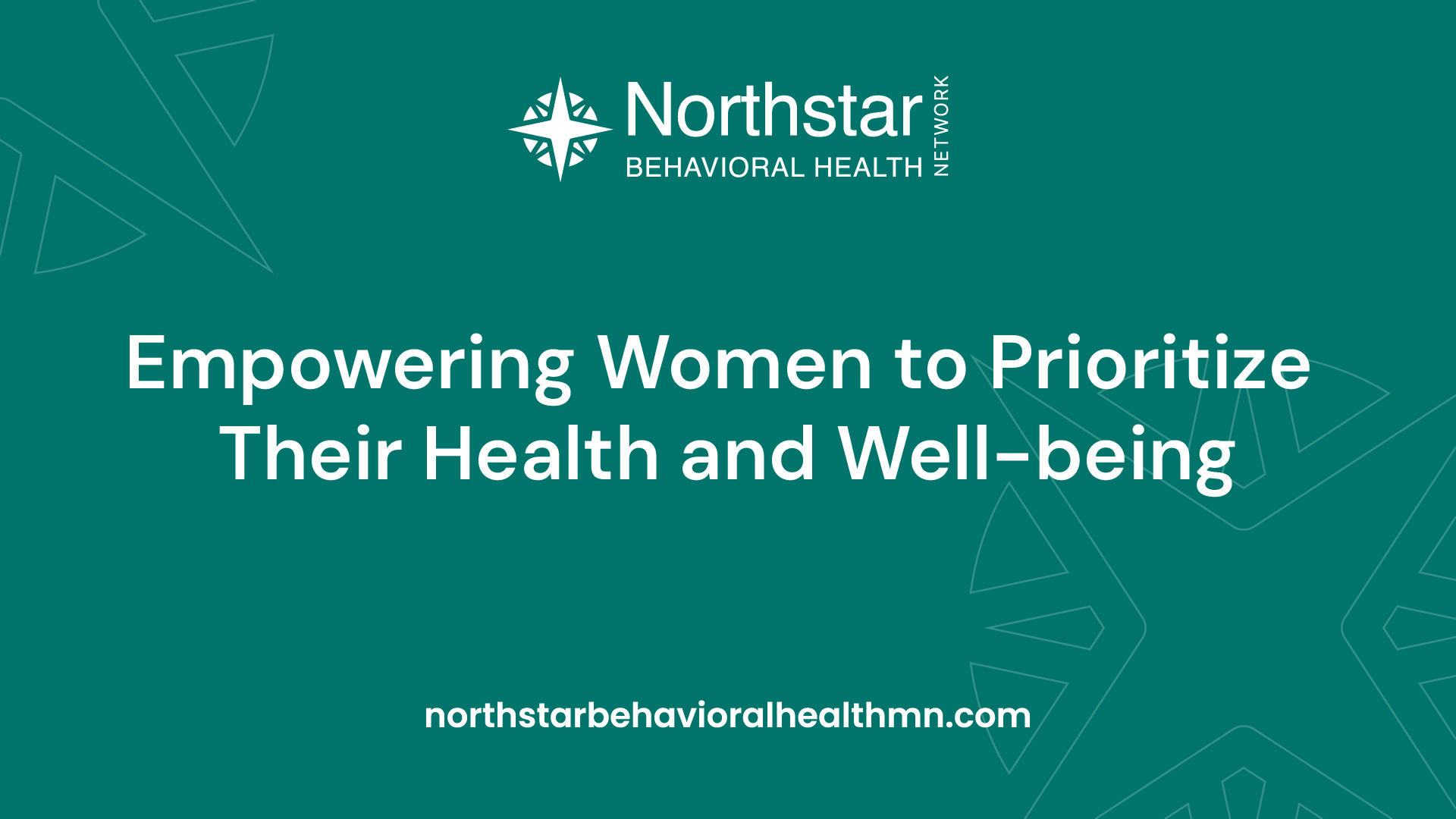
Empowering women to prioritize their health and well-being is another crucial aspect of addressing the rising deaths from prescription painkillers. Here are some key steps to consider:
- Education and Awareness: Providing comprehensive education about the risks and dangers associated with prescription painkiller misuse can help women make informed decisions and take control of their health.
- Encouraging Help-seeking Behavior: Breaking the stigma surrounding addiction by promoting a supportive and non-judgmental environment can encourage women to seek help and treatment for their addiction.
- Building Support Networks: Creating and strengthening community support groups and hotlines can provide a lifeline for women struggling with prescription painkiller addiction. These resources can offer guidance, support, and connections to treatment programs.
- Holistic Approach to Well-being: Encouraging a holistic approach to well-being that includes physical, mental, and emotional health can assist women in managing pain and stress without relying solely on prescription painkillers.
By empowering women to prioritize their health and well-being, we can help them navigate the challenges of addiction and provide them with the support they need to regain control of their lives.
As we move forward, it is essential to continue raising awareness, advocating for policy changes, and empowering women to address the crisis of rising deaths in women from prescription painkillers. By working together, we can make a significant impact and create a future where women are equipped with the knowledge, resources, and support to overcome addiction and lead healthy, fulfilling lives.

.jpg)

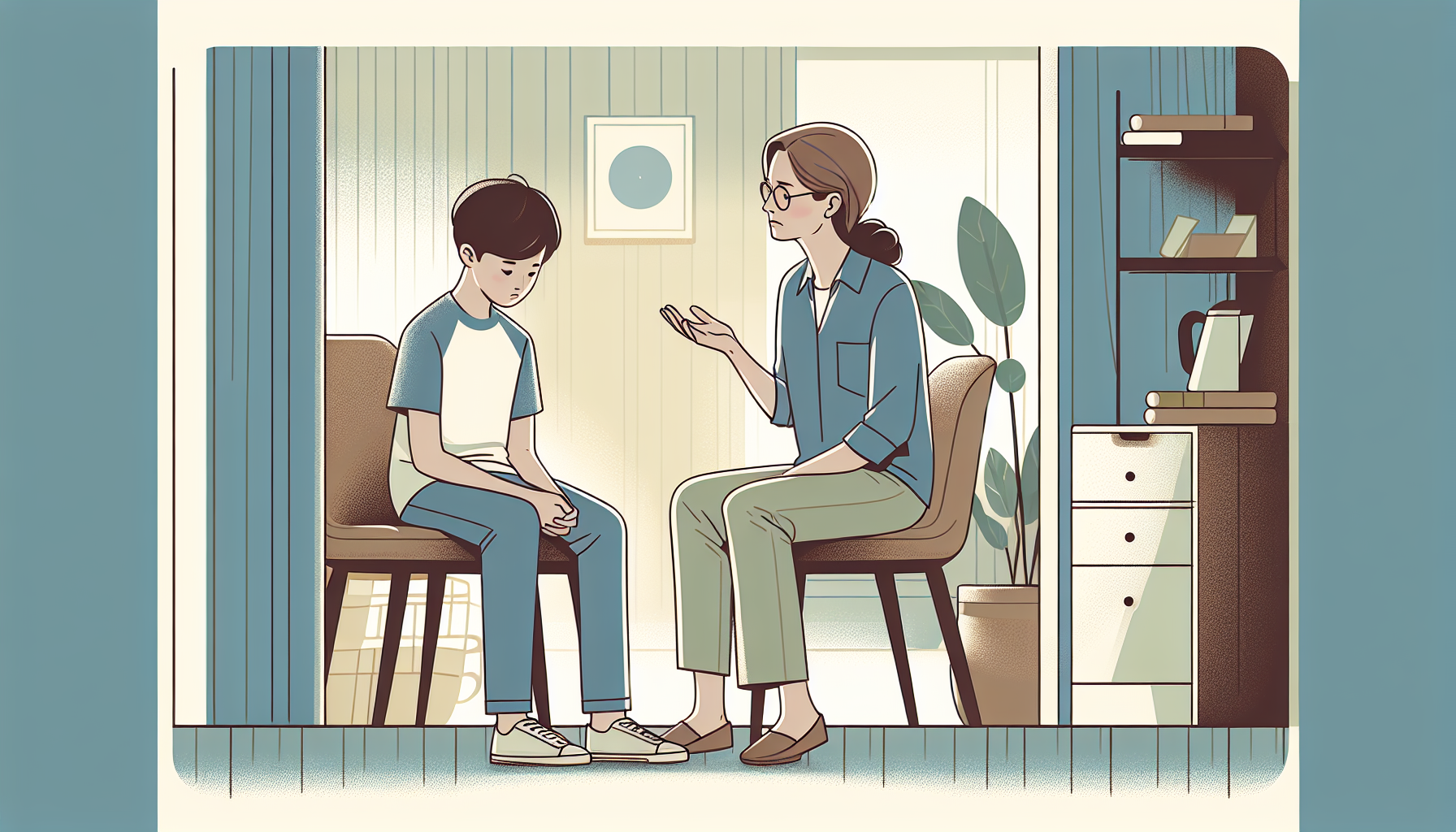
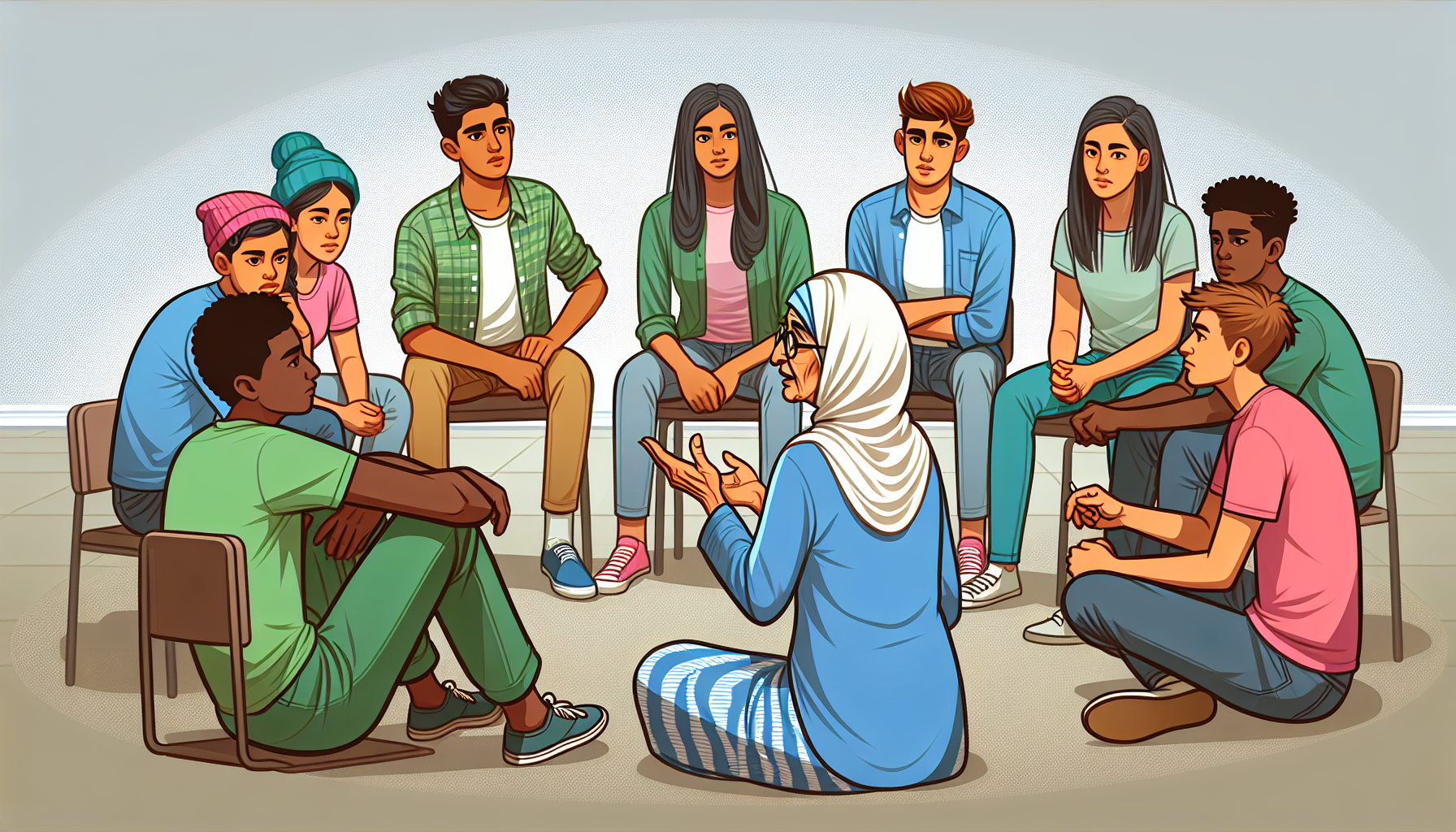

.jpg)
